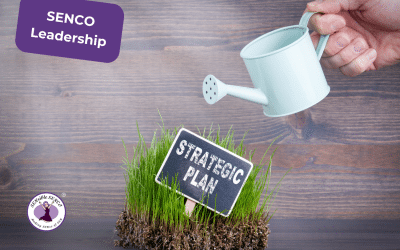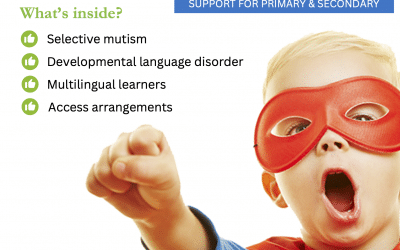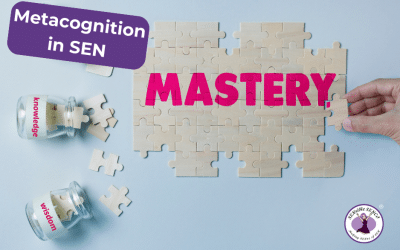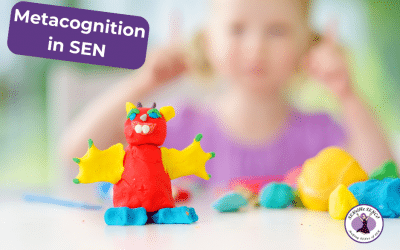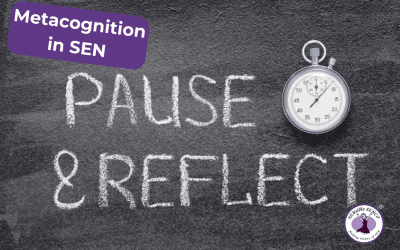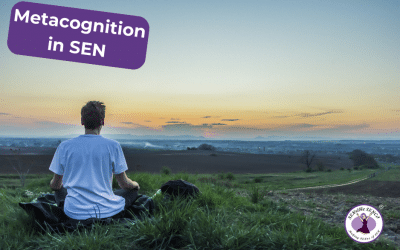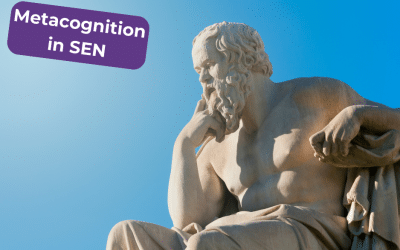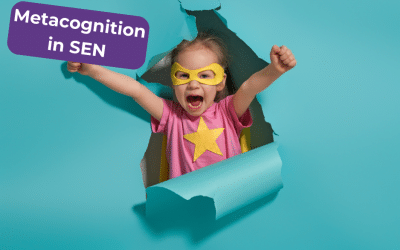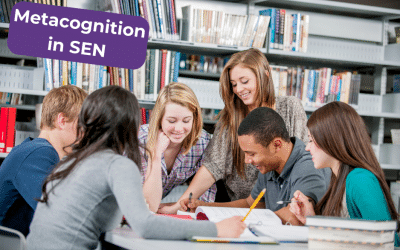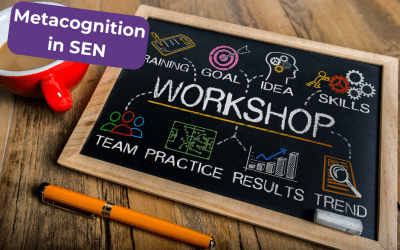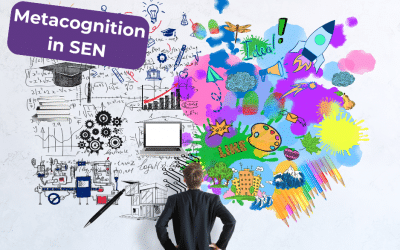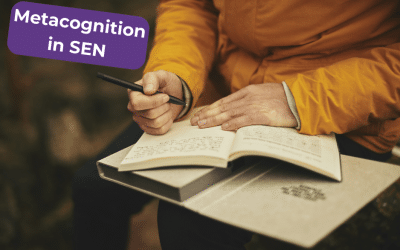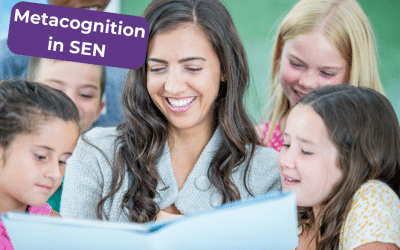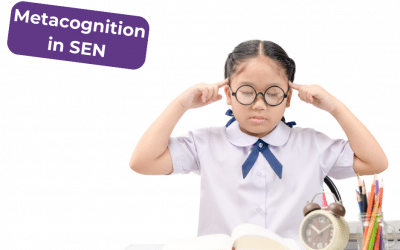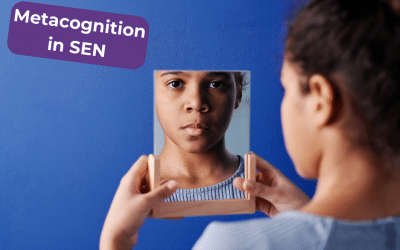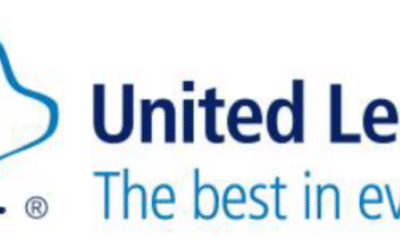Explore strategic planning through the eyes of a SENCO. Learn how tools like the SENCO Planner and project management software can transform your educational leadership and resource management. Start your strategic journey today!
The SENCO Blog
Welcome to our SENCO news and updates series, where we’ll keep you up-to-date with the latest developments, trends, and best practices in the world of Special Educational Needs Coordination. If you’re a SENsible SENCO member, you get even more amazing help, advice and insights when you log in.
SENsible Magazine April 2024
Welcome to this special edition of the SENsible Magazine, dedicated to Speech and Language! This April 2024 issue is packed with expert advice, strategies, and resources tailored for SENCOs supporting primary and secondary students.
Balancing Act: Strategies for SENCO Workload and Well-being – SENsible Magazine March 2024
The March issue of SENsible Magazine brings a focus to the well-being of SENCOs amidst their challenging roles. With contributions from seasoned educators, this edition shares strategies to balance workloads, understand cognitive loads, and implement effective SEN teaching methods.
How to join a SENsible SENCO Webinar
Here's a helpful video to show you how simple our webinar system really is. Well, hopefully that is the case! Each webinar has it's own location, so you will always login to the events page to access the webinar. Yes, that's right no more hunting for the Zoom link,...
Managing difficult conversations with about SLCN
Addressing SLCN is as much about communication with parents as it is with the child. This post provides guidance on engaging parents effectively, fostering a collaborative approach, and ensuring children with SLCN receive the support they need to thrive.
Unlocking Potential: Metacognition Strategies in Education and TA Collaboration – February’s SENsible Magazine
This month’s SENsible Magazine brings to light the power of metacognition strategies, the art of TA and supply staff collaboration, and concludes our insightful series on pupils’ misbehavior. Dive into expert discussions, practical tips, and celebrate our journey with Fonetti at Amazon HQ.
Metacognitive Mastery: Reflecting on Strategies That Empower SEN Learners
Discover key insights from a series of metacognitive strategies tailored for learners with special educational needs (SEN). Learn how integrating these strategies into everyday teaching methods fosters self-regulated learners poised for lifelong success.
Modelling Metacognition: Demonstrating Strategies for Success with SEN Pupils
Discover the importance of educators modeling metacognitive strategies for pupils with special educational needs (SEN). Explore a comprehensive approach that helps SEN pupils observe, emulate, and develop essential metacognitive skills for a successful learning journey.
The Value of Reflective Pauses in Special Needs Learning
Discover the significance of incorporating reflective pauses in special needs education. Explore how these pauses enhance information processing, encourage self-assessment, promote metacognition, and empower students with special educational needs (SEN) to become active participants in their learning journey.
Enhancing Learning with Metacognitive Prompts: Empowering SEN Students
Explore the impact of strategically placed metacognitive prompts on the engagement and self-regulatory skills of students with special educational needs (SEN). Discover how these prompts foster metacognitive awareness and encourage active learning in an inclusive educational environment.
Socratic Seminars: Engaging Critical Thought Dialogue Within the SEND Setting
Explore the method of Socratic seminars in Special Educational Needs and Disabilities (SEND) settings. Discover how these seminars, rooted in Socrates’ questioning approach, encourage deep thinking, active engagement, and higher-order reasoning among SEND pupils.
Empowering Learners with Disabilities: The Superhero Approach of Explicit Strategy Instruction
Delve into the world of explicit strategy instruction and discover how it equips learners with disabilities to develop strategic cognitive skills, conquer academic challenges, and become their own educational superheroes.
Enhancing Metacognition through Peer Tutoring: A Dual Approach to Learning
Discover the powerful impact of peer tutoring programs on metacognition development in educational settings. This article explores how both tutees and tutors benefit from peer tutoring, fostering metacognitive skills and promoting academic achievement.
Empowering Students with Special Educational Needs (SEN): The Benefits of Goal Setting Workshops
Explore the advantages of goal setting workshops tailored for students with special educational needs (SEN). These workshops focus on helping SEN pupils set achievable academic goals while developing their metacognitive abilities.
Visual Thinking Tools – Implementing Graphic Organisers in Special Education
Discover the implementation of graphic organisers in special education, their numerous benefits for students with special educational needs (SEN), and practical applications spanning various subjects.
Self-Questioning Strategies for Students with Specific Learning Difficulties
Explore how self-questioning strategies can actively engage students with specific learning difficulties (SpLD), promote independent problem-solving skills, and discover practical implementation methods for educators.
Enhancing Metacognition in Special Educational Needs (SEN) Students: The Role of Reflective Learning Journals
Explore the implementation of tailored learning journals for SEN students and discover how they promote self-reflection, self-regulation, and deeper learning, ultimately empowering these learners.
Navigating Knowledge with Think-Aloud Strategies in the SEN Classroom
Learn how think-aloud strategies benefit students with special educational needs (SEN) by enhancing their cognitive skills and learning outcomes. Discover the implementation steps and assessment methods to create an inclusive SEN classroom environment.
Empowering Dyslexic Thinkers Harness Their Unique Perspectives with Meta-Cognitive Techniques
Explore the strengths of dyslexic thinkers and how meta-cognitive strategies can enhance their learning abilities, turning challenges into victories in reading, writing, and beyond.
Fostering Resilience Through Reflective Practice Children with Emotional Behavioural Difficulties
Discover how reflective practice is key to developing emotional regulation and resilience in children facing emotional and behavioural challenges in educational settings.
Elevating Teaching Assistants: Empowering Professional Growth through a Level 3 Qualification
Looking to upskill your teaching assistants? Explore our Level 3 TA apprenticeship program, designed by Abigail Hawkins. Fully funded through the apprenticeship levy, it’s a cost-effective way to promote growth. This teaching assistant course will really support your development. Enroll today!



